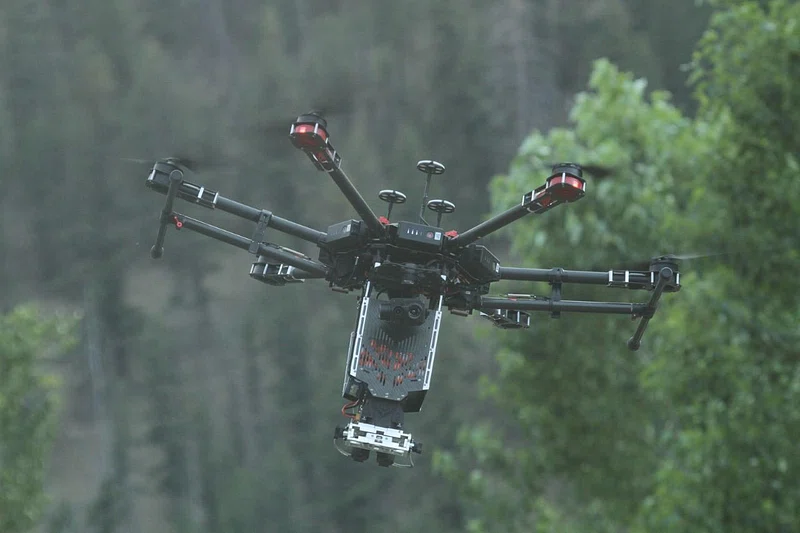
The military mobilization of Russia’s young people is no longer just something found in patriotic speeches or school textbooks. Today, it includes structured, government-funded training on unmanned aerial vehicles (UAS) in more than 500 schools nationwide, according to U.K. intelligence. It is not an educational trend it is a deliberate build-up of a potential drone war force with Russia’s rapidly expanding defense industry complex and combat doctrine.

1. Classroom to Combat Capability
Russia’s ministry of education has approved a specialized textbook, Unmanned Aerial Vehicles 8th and 9th Grades, produced by sanctioned drone manufacturer Geoscan in collaboration with Prosveshcheniye, Russia’s largest schoolbook publisher. The 34-hour course involves drone categorization, electronics components, and manual control. Co-author Mikhail Lutsky emphasized, “This is not dry theory, but field-tested material which has been transformed by Geoscan into a clear, ready-for-use course.” The program is part of an across-the-country program to train 1 million drone pilots within the decade, with training already underway in schools and universities.

2. The Berloga and Zarnitsa 2.0 Training Networks
Along with formal courses, the Kremlin has also launched youth programs such as Berloga, a “cyber-physical game program” exposing students to virtual drone delivery, counter-drone war, and monitoring. Over 600,000 participants have completed Berloga, and many proceed to the Sirius Educational Center, where over 80 percent of projects directly apply to the defense sector. The Zarnitsa 2.0 game, which is associated with it, educates quadcopter piloting to users from 7 to 21 years old more than 240,000 students completed its drone course by April 2025.
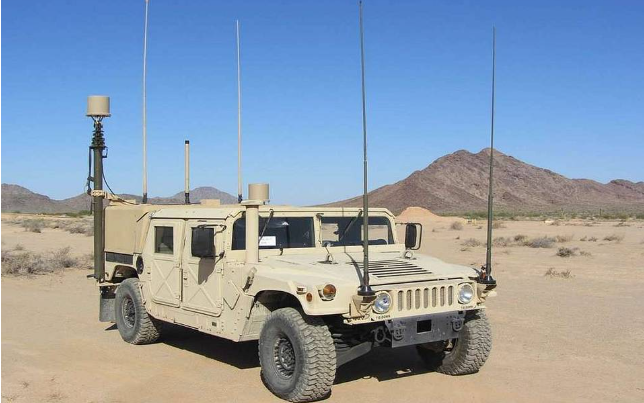
3. Early Exposure to Combat-Level Systems
While training courses focus on small quadcopters, Russia’s combat arsenal features advanced platforms such as the Chernika-2 reconnaissance drone, which has a 100 km range, 3.5 kg warhead, and optical guidance resistant to electronic warfare. The Lancet loitering projectile recently upgraded with artificial intelligence to support autonomous target detection now has a range of 80–110 km and is used for precision strikes on armored targets. Such technologies are becoming mainstream in youth training, creating a technically competent group of future operators.

4. Integration with Industrial Production
Tatarstan Alabuga Special Economic Zone employs 15-year-old students for Shahed (Geran) drone manufacturing, with initiatives towards lowering legal working ages for defense industries. In-service by production directly channels into Russia’s target to raise output to over 1,000 per day by autumn 2025. Prime Minister Mikhail Mishustin claims that production has risen three times over previous plans, with serial numbers witnessing a 7,000-unit increase in Geran-2 drones since May 2025.
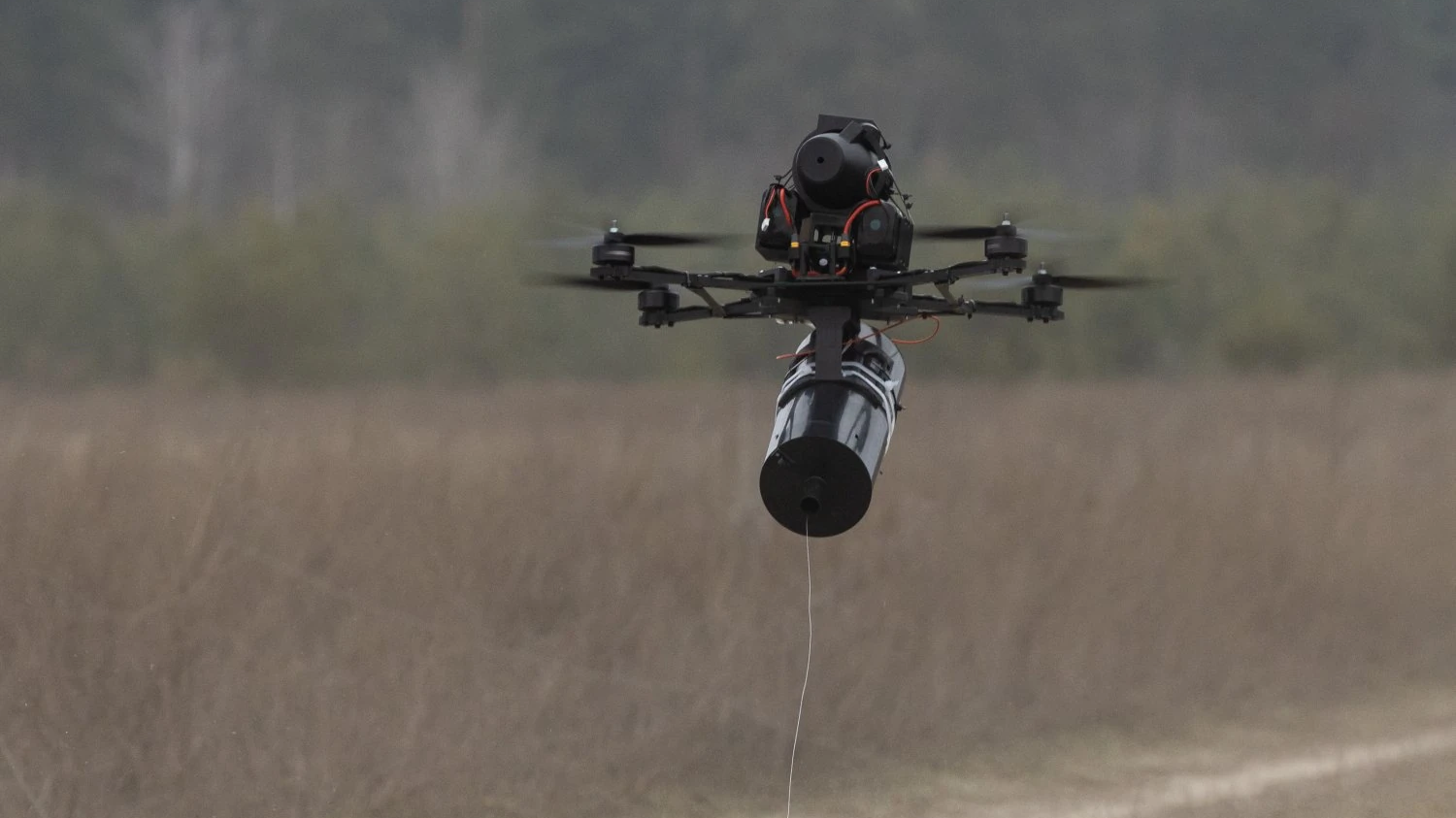
5. Battlefield Insights Informing Curriculum
The fighting in Ukraine has shown that lightly expendable drones can compress artillery targeting cycles from 30 minutes to 3–5 minutes, as in Ukrainian FPV platforms. Russian training materials increasingly reflect these experiences, emphasizing low-cost, high-impact systems for reconnaissance, strike, and electronic warfare missions. Students learn the same operational concepts persistent surveillance, distributed targeting, and rapid change that define front-line drone war today.
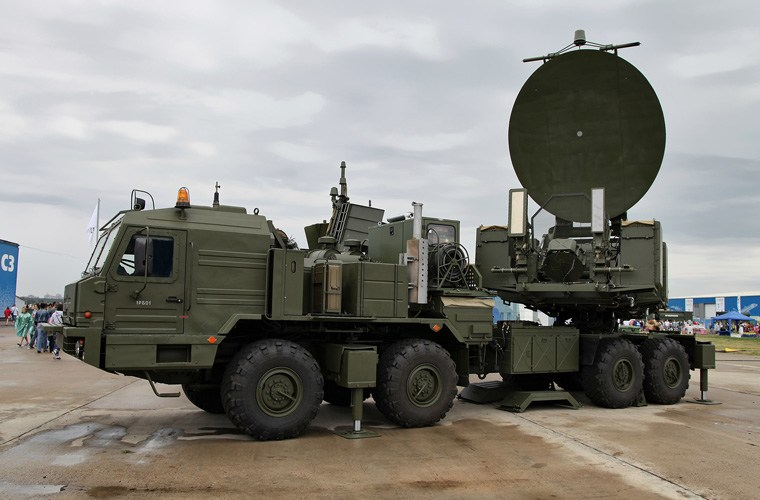
6. Counter-UAS and Electronic Warfare Familiarization
Theoretical concepts of counter-UAS are also taught in young people’s programs, mirroring the needs of the battlefield. Weapons like the KOP-2 jammer, used to detect and interfere with drone control channels, and the Radion-O anti-drone system are components of Russia’s multi-layered defense philosophy. Getting to know them at an early age prepares the trainees for offensive and defensive use.
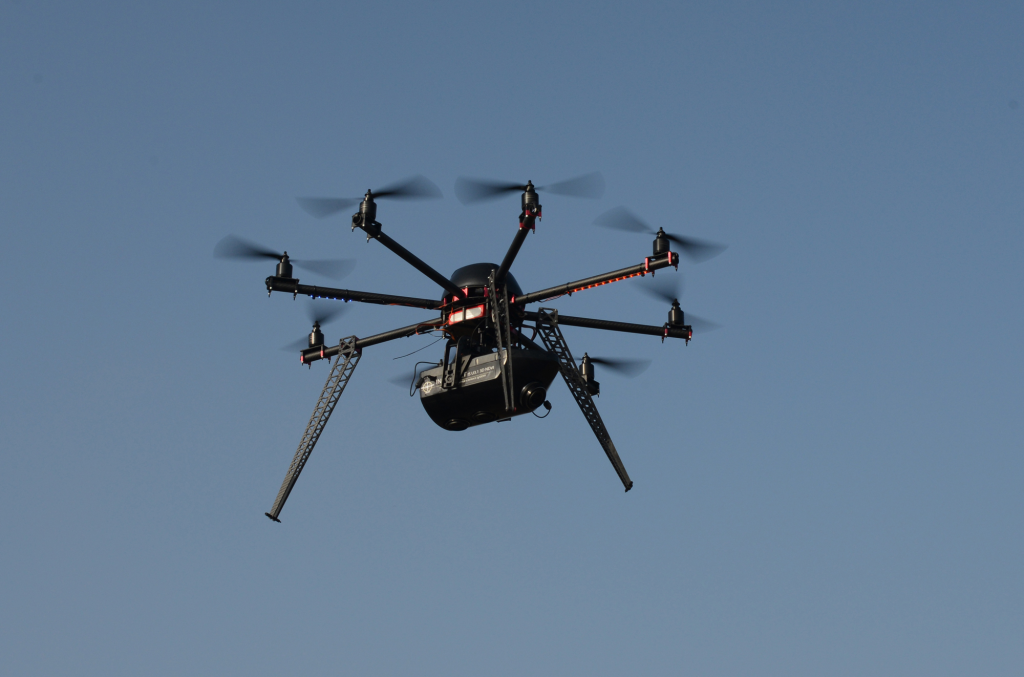
7. Strategic Implications of Early Militarization
By embedding UAS training in national school curriculums, Russia is creating a generation-spanning pipeline of operators, engineers, and tacticians. This is copying but on a huge greater scale tactics in nations like Lithuania, where 7,000 children are expected to master drone technology by 2028. The Russian system brings together education, industry, and military strategy, with the consequence that when these pupils reach conscription age, they will already have had several years of directly relevant technical and operational experience.
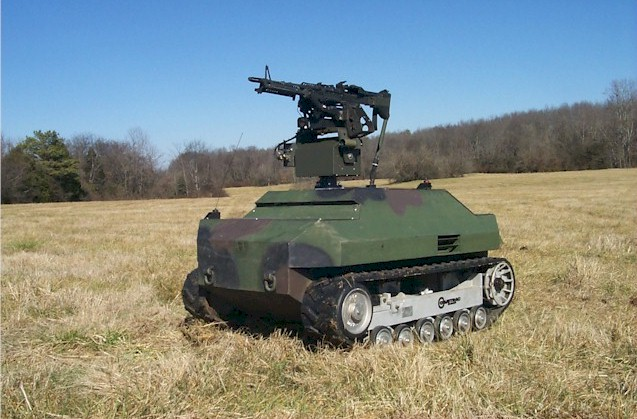
8. Preparing for the Next Technological Leap
Russian engineers are already experimenting with AI-driven drones, solar-powered FPV platforms, and unmanned ground vehicles with autonomous features like the Impulse-M, which has a payload of 1,500 kg. Curricula for training would also be anticipated to evolve in sync with the technology, including swarming tactics, visual flight, and machine learning-based targeting operations that would have the potential to radically alter the nature of operational warfare in the next decade.
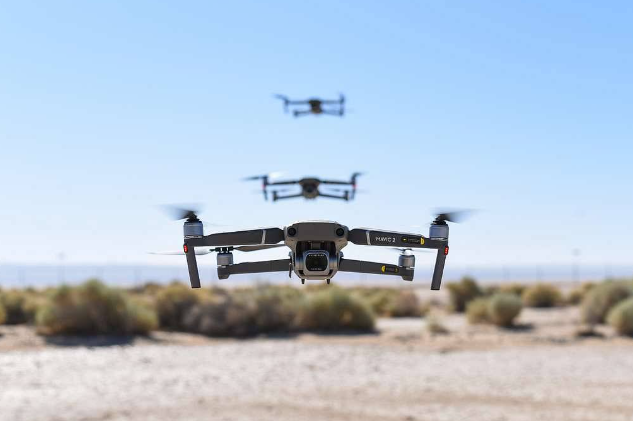
The convergence of education policy, industrial mobilization, and combat innovation through Russia’s drone programs represents a strategic shift with profound implications. To defense analysts, the scale and scope of the initiatives reveal that unmanned systems will be at the heart not only of Russia’s current warfighting but also of its next-generation force design.


